Science usually explains things pretty well, but some places on Earth seem to break all the rules. These locations leave researchers scratching their heads and rewriting textbooks, proving that our planet still has plenty of surprises up its sleeve.
Let’s take a walk through some spots that make scientists wonder if they need to go back to school. These places show us that sometimes reality is stranger than anything we could dream up in a laboratory.
Blood Falls
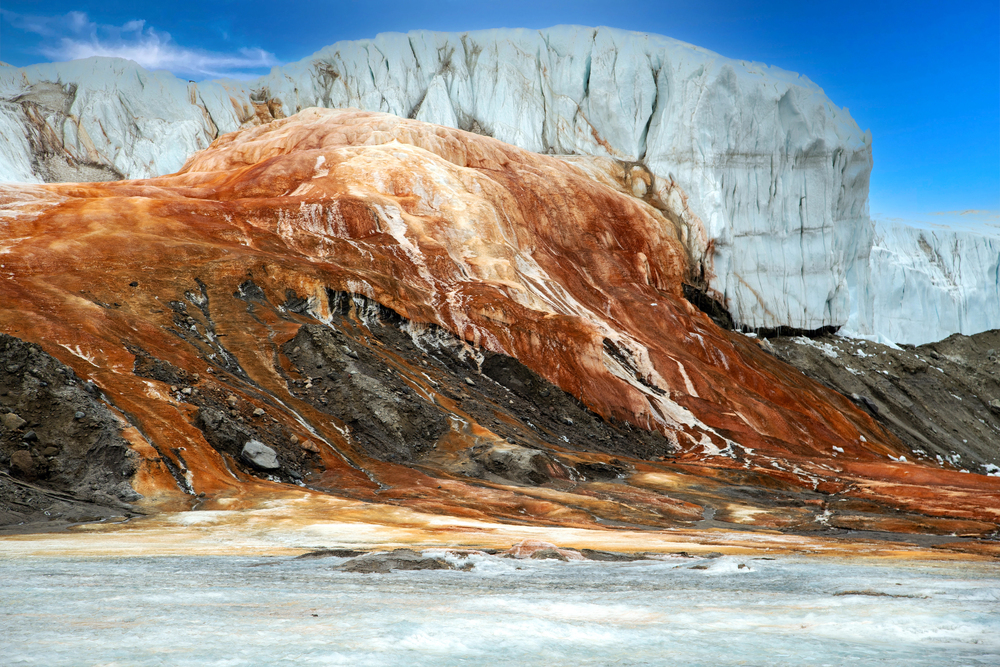
Red water pours out of an Antarctic glacier like a wound in the ice. Scientists thought nothing could live in the salty, frozen, dark water behind it. Then, they found tiny creatures thriving there without oxygen or sunlight.
These tough little microbes survive in conditions that should make life impossible.
Darvaza Gas Crater
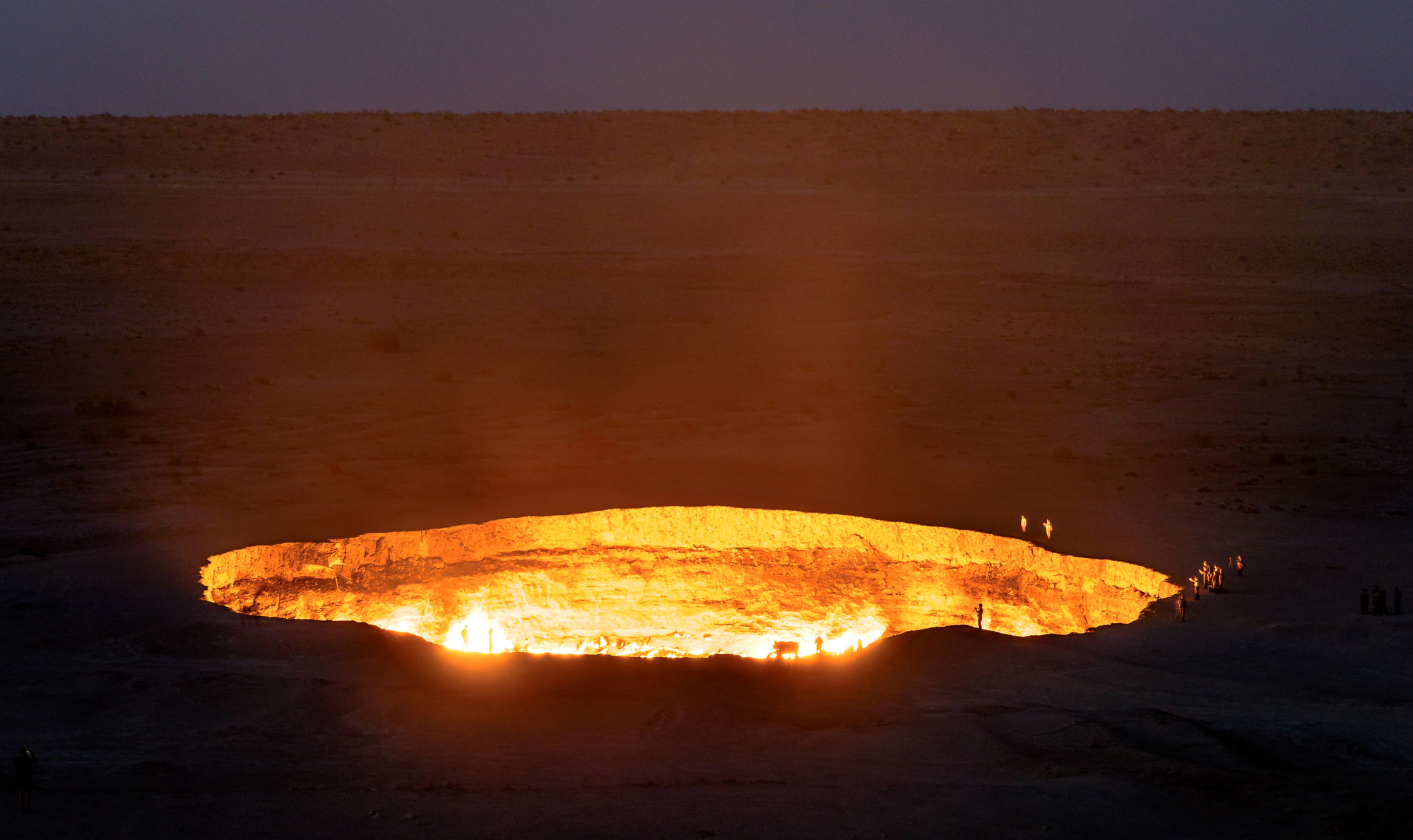
This burning hole in Turkmenistan’s desert has been on fire for over 50 years. Scientists figured the gas would run out in days when they lit it. Instead, the flames keep burning with no sign of stopping.
Nobody knows how much fuel is left down there, making this eternal flame a geological mystery.
Like Travel Pug’s content? Follow us on MSN.
Movile Cave
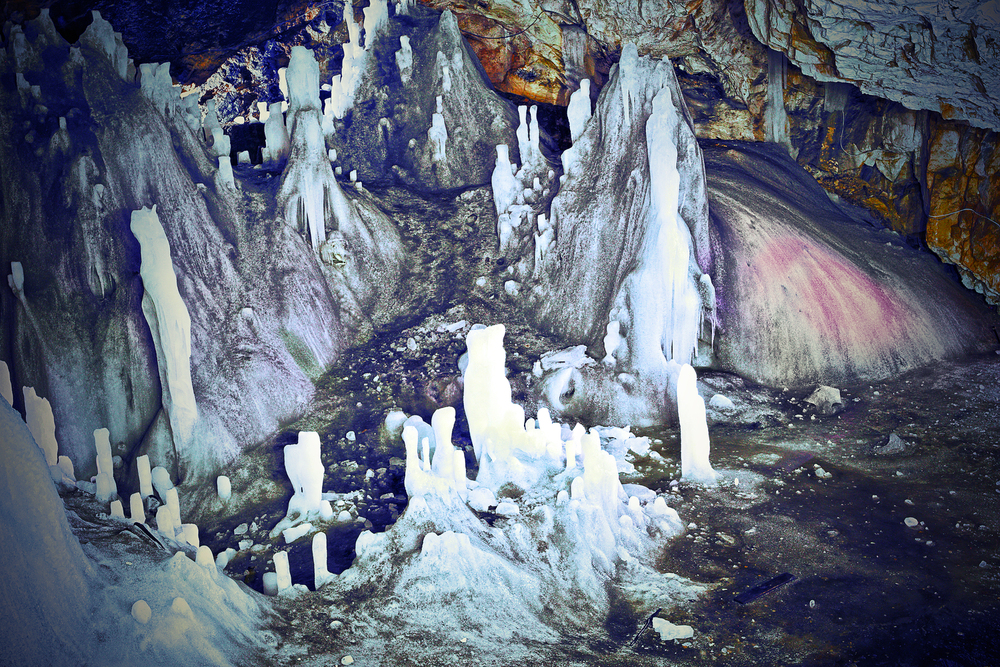
Sealed off from the world for 5.5 million years, this Romanian cave contains creatures that evolved in complete darkness. The air inside should be too poisonous for anything to live there.
Yet 48 species call it home, breathing hydrogen sulfide that would kill most other living things.
Lake Hillier
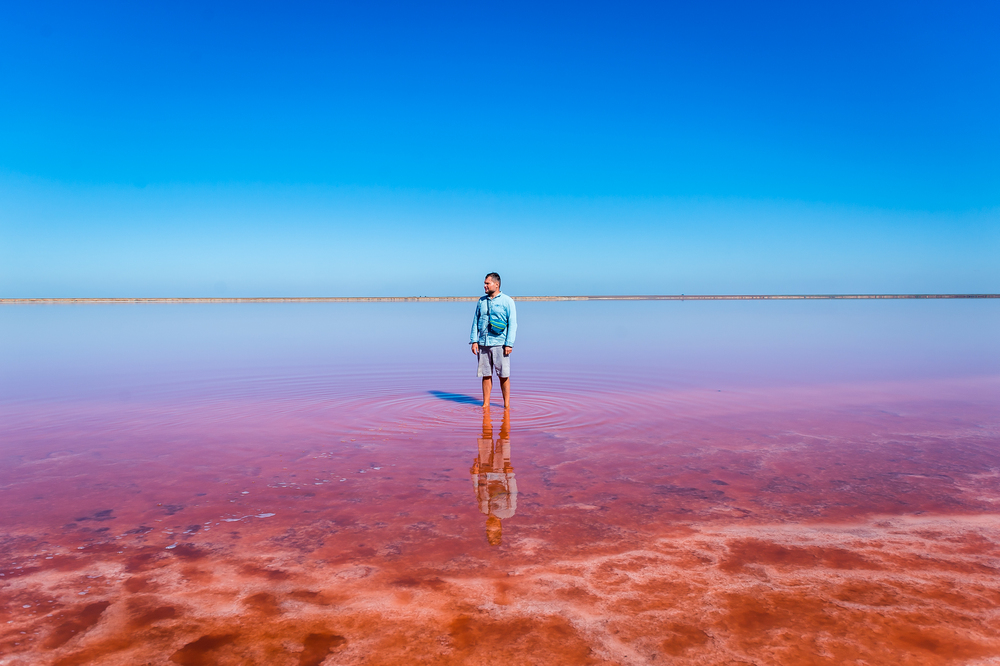
This Australian lake stays bright pink all year round. Unlike other pink lakes that change color, Lake Hillier keeps its bubblegum shade even when you put its water in a bottle.
Scientists know bacteria cause the color but can’t explain why it never fades, even when removed from the lake.
Fly Geyser
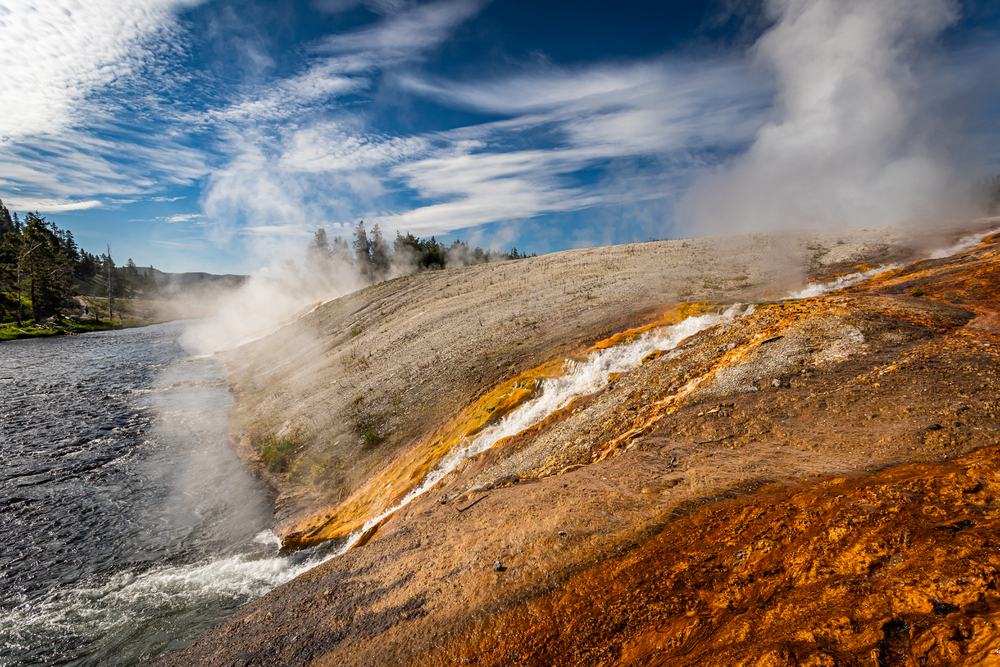
Nobody meant to create this colorful geyser in Nevada. It formed by accident when a well was drilled and left alone.
The minerals shouldn’t stack up to make such perfect cone shapes, but they do, creating what looks like a painting that grows taller every year.
Like Travel Pug’s content? Follow us on MSN.
Plain of Jars
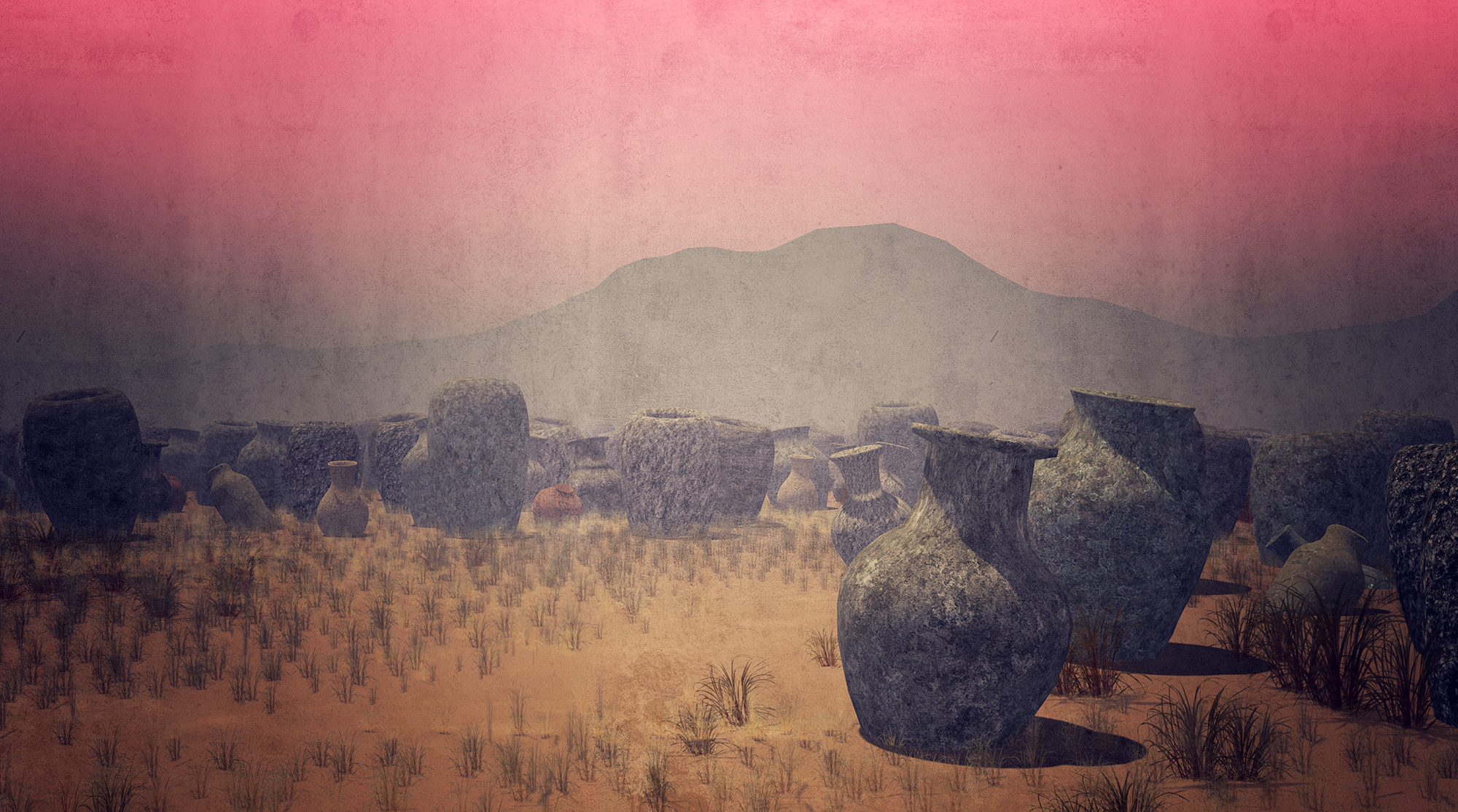
Giant stone jars dot the landscape in Laos, some weighing as much as cars. Local tools from that time period couldn’t have carved or moved them.
Scientists can’t figure out how ancient people managed this engineering feat or why they went into so much trouble.
Zone of Silence
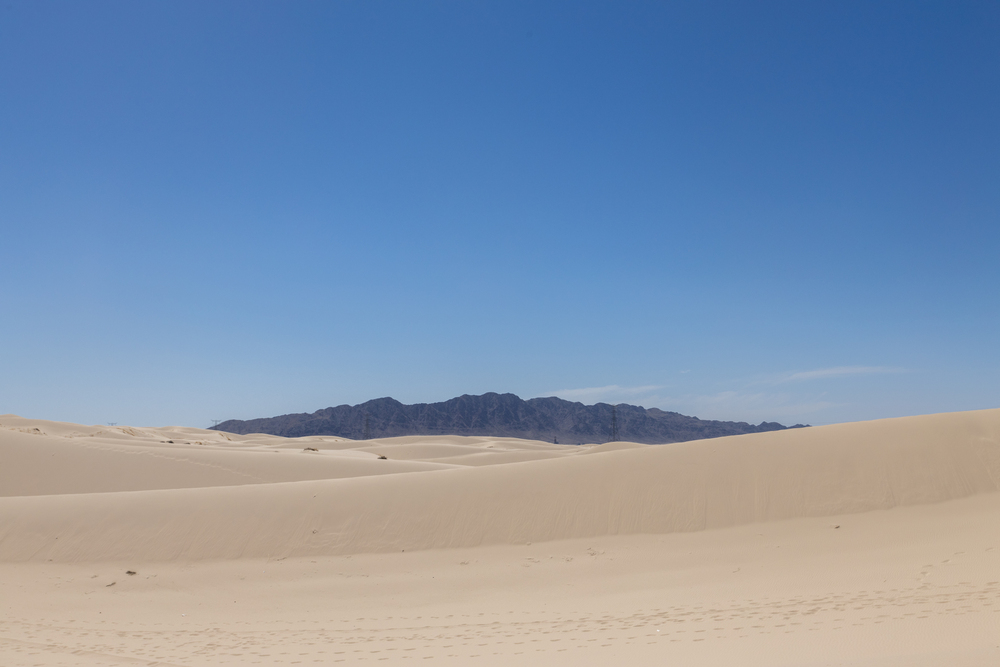
Radio waves act weird in this Mexican desert patch. Signals disappear, compasses spin, and even rockets change direction.
Scientists have tested the area for magnetic fields or mineral deposits but found nothing to explain why modern technology gets confused here.
Hessdalen Lights
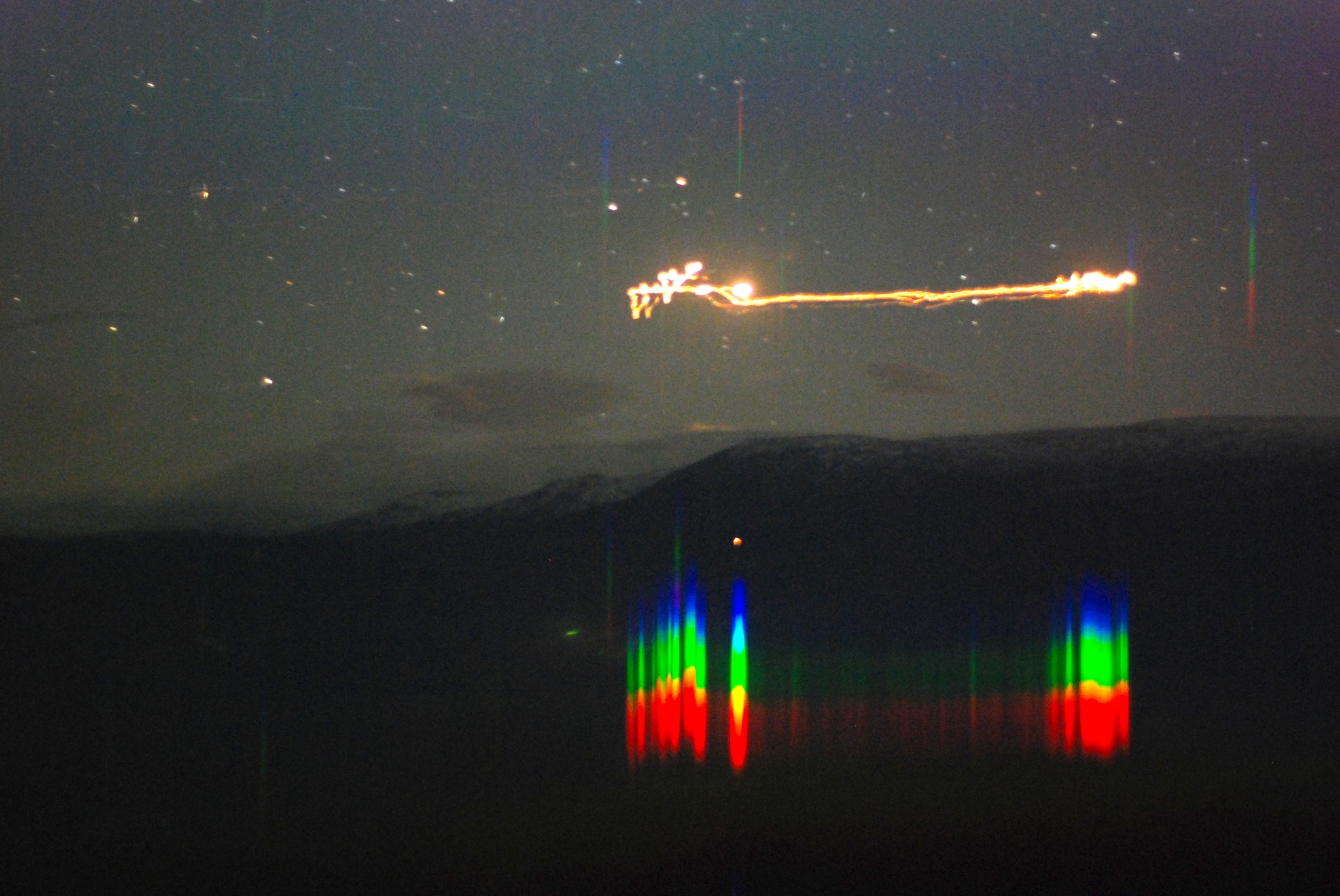
Strange lights dance through this Norwegian valley almost every night. They move with purpose, split apart, and come back together.
Despite years of study with advanced equipment, scientists still can’t explain what causes these ghostly lights.
Like Travel Pug’s content? Follow us on MSN.
Devil’s Kettle Falls
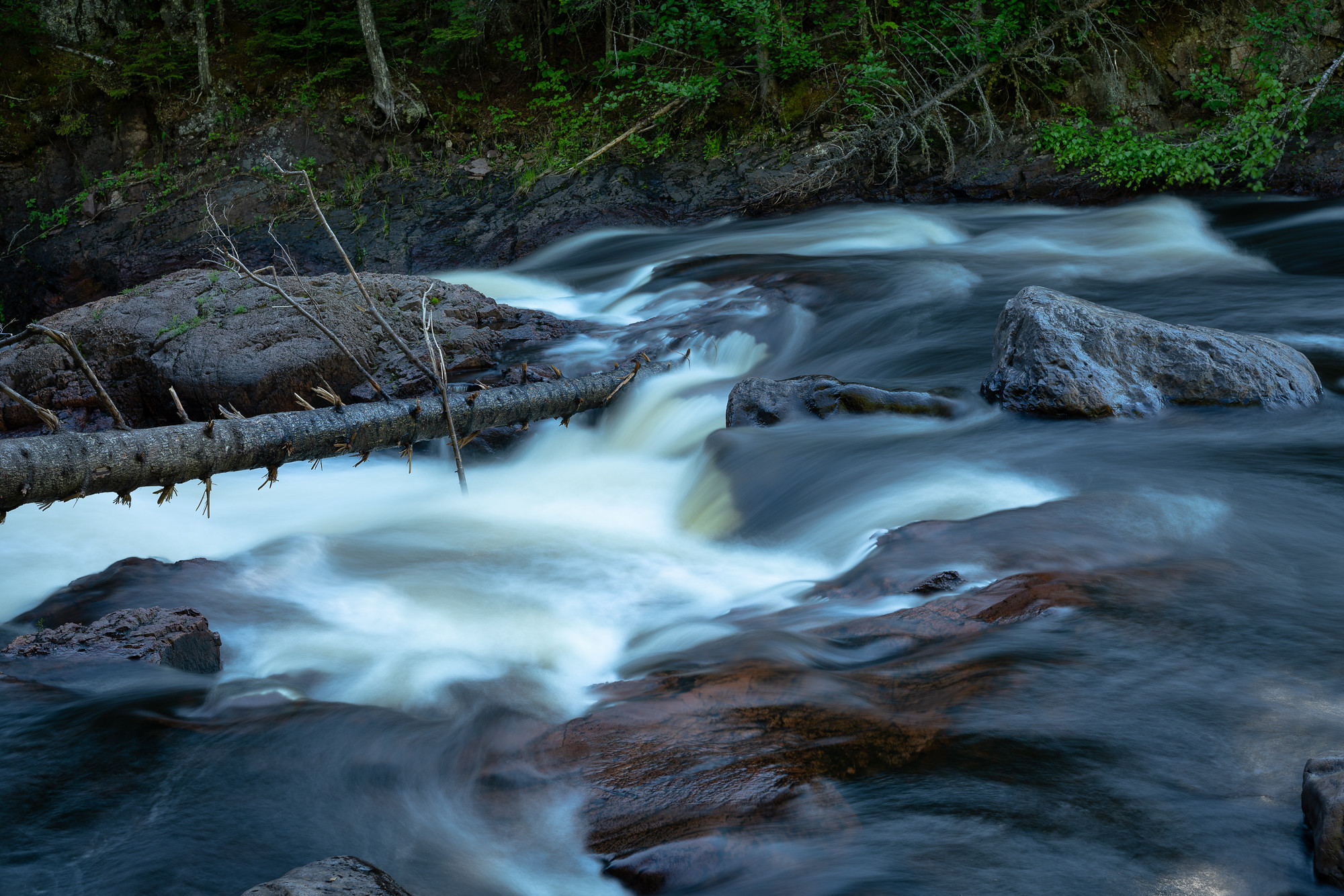
Half of this Minnesota waterfall drops normally, but the other half vanishes into a hole. Scientists have poured dye, ping pong balls, and GPS trackers into it. Nothing ever shows up downstream.
The water seems to simply disappear, breaking the basic rules of geology.
The Boiling River
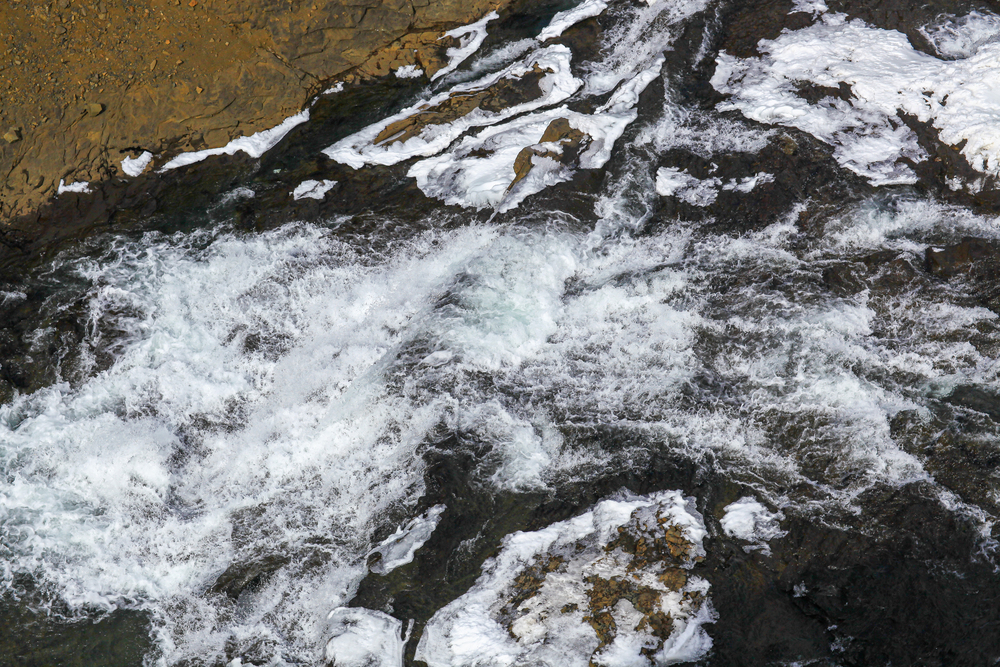
This Amazon river runs hot enough to cook anything that falls in. No volcanic activity exists nearby to heat it. Scientists can’t explain how it stays so hot for so long or why it doesn’t cool down as it flows.
Local guides boil tea in it while researchers puzzle over temperature readings.
Richat Structure
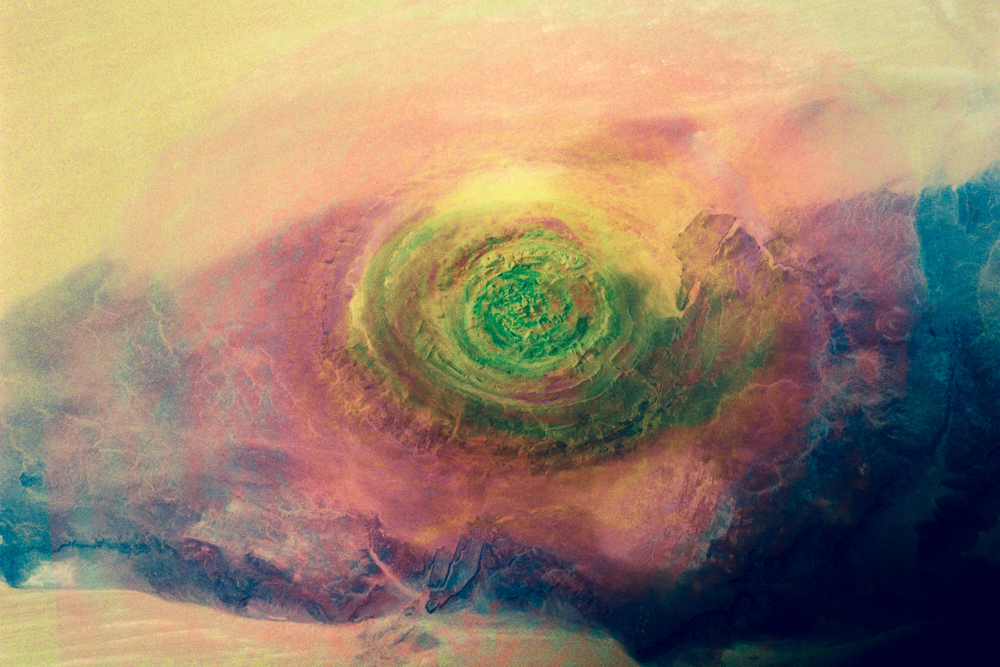
This perfect bull’s-eye in the Sahara Desert looks like something huge smashed into Earth. But it shows no signs of impact. Its neat circles shouldn’t have formed naturally, yet they did, creating a geological pattern that space astronauts use as a landmark.
Like Travel Pug’s content? Follow us on MSN.
Lightning Fields of Venezuela

Lightning strikes the same spot over Lake Maracaibo about 300 nights per year. The storms come like clockwork, with no clear reason why.
Scientists know storm ingredients but can’t explain why they mix exactly here, creating the world’s most reliable light show.
Double Tree of Casorzo
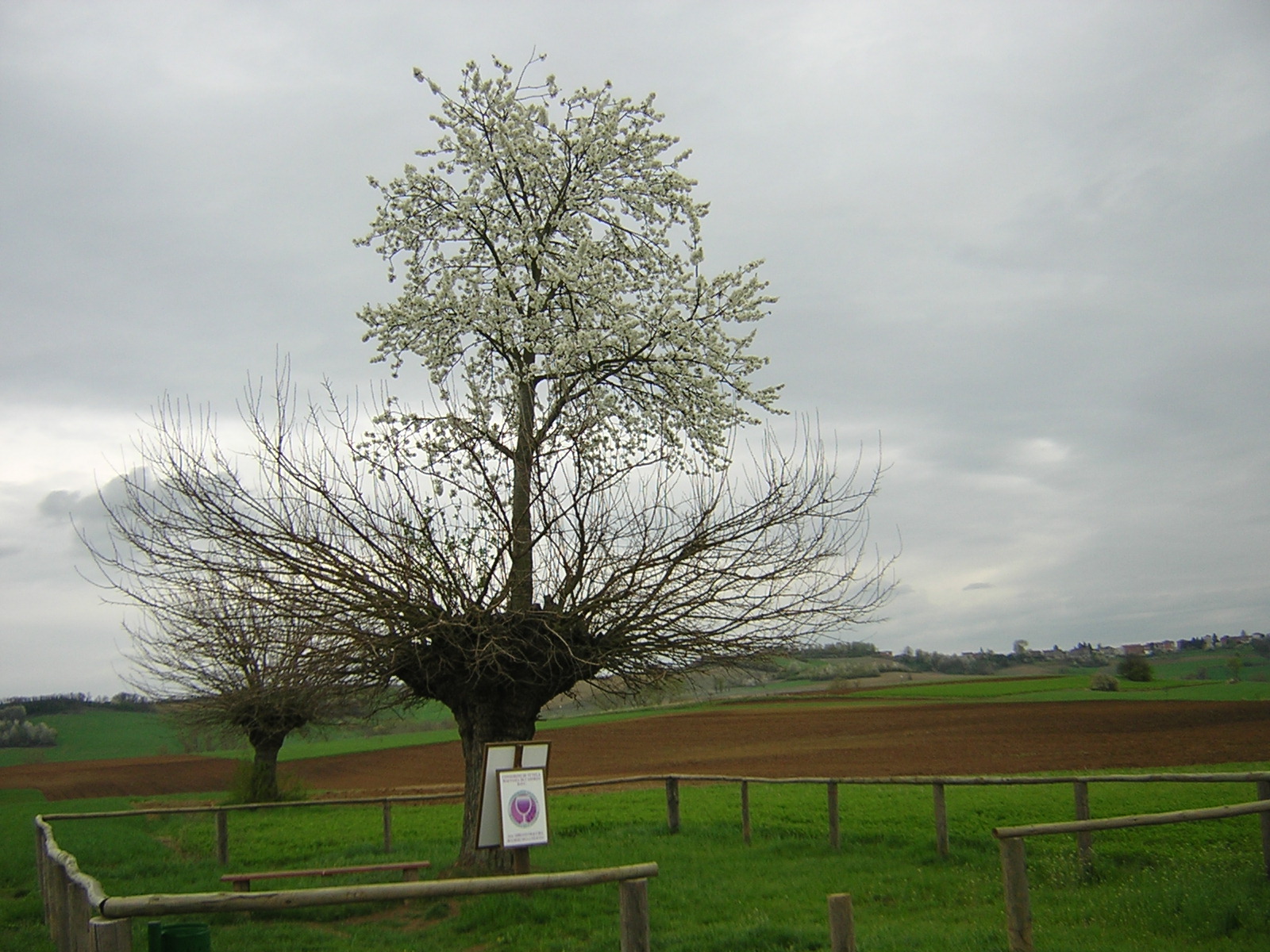
A cherry tree grows on top of a mulberry tree in Italy. Big trees shouldn’t be able to grow on other trees like this.
Both trees stay healthy, sharing space in a way that breaks rules about how plants compete for resources.
Sailing Stones
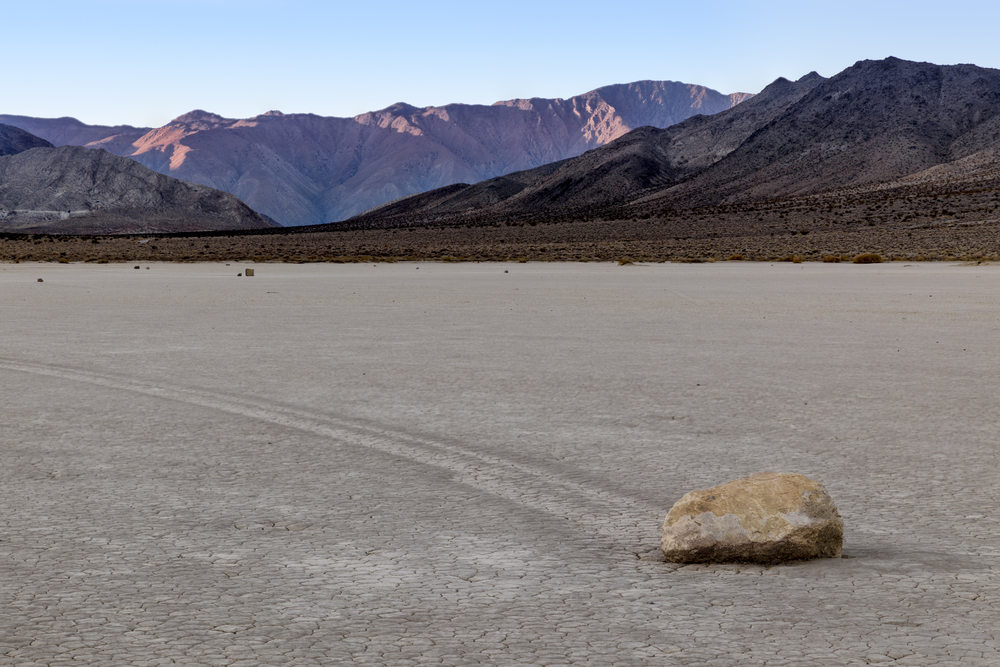
Heavy rocks slide across Death Valley’s dry lake bed, leaving trails behind them. Scientists watched for years before catching them moving.
Thin ice and wind push them around, but these precise conditions happen so rarely that these rocks shouldn’t be able to travel as far as they do.
Like Travel Pug’s content? Follow us on MSN.
Costa Rica’s Stone Spheres
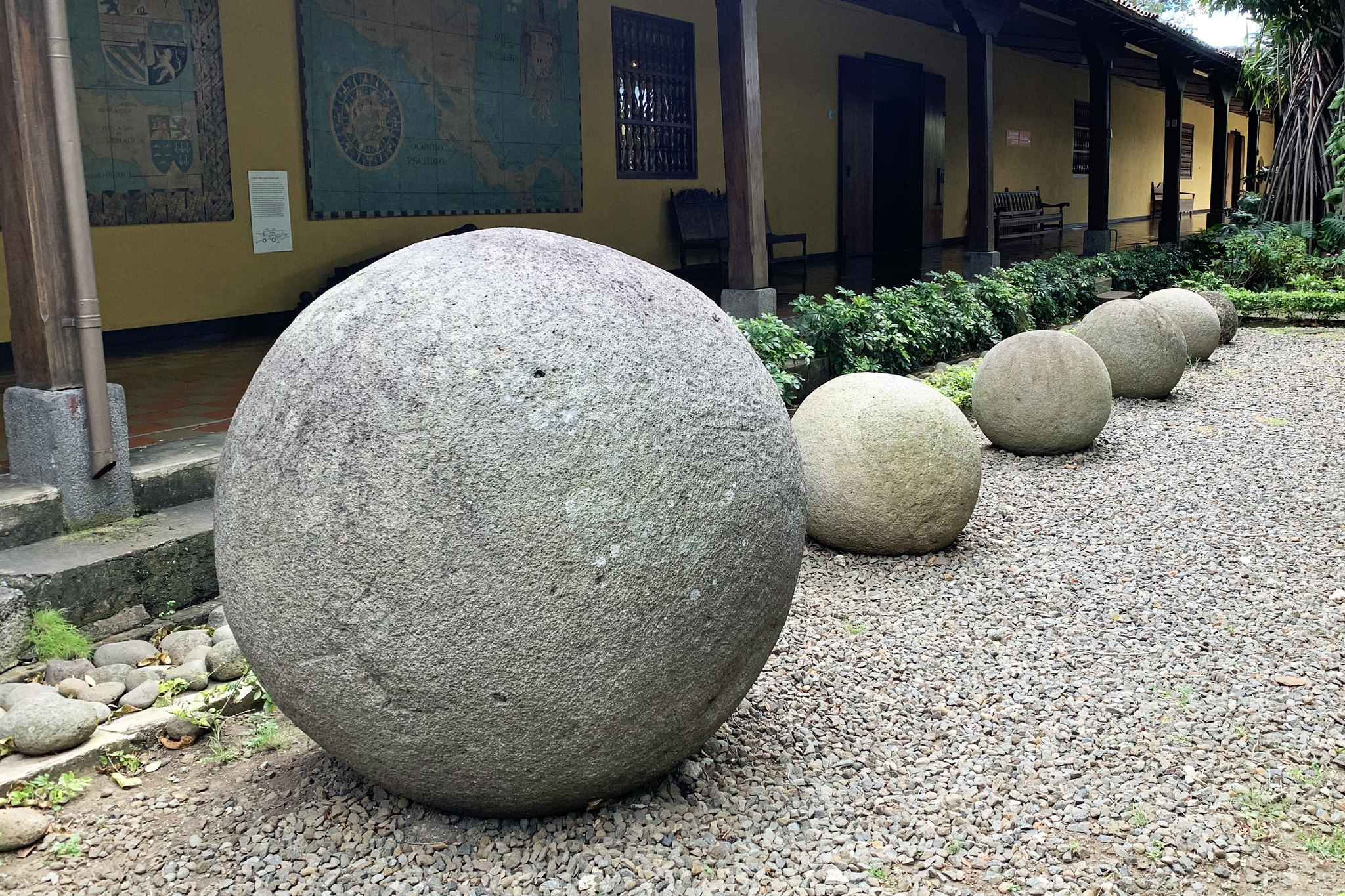
Hundreds of perfect stone balls sit in the jungle. They’re so round that they vary by less than an inch from perfect spheres.
Ancient tools shouldn’t have been able to make shapes this precise. Scientists can’t figure out how people carved them or moved them into place.
Namibia’s Fairy Circles
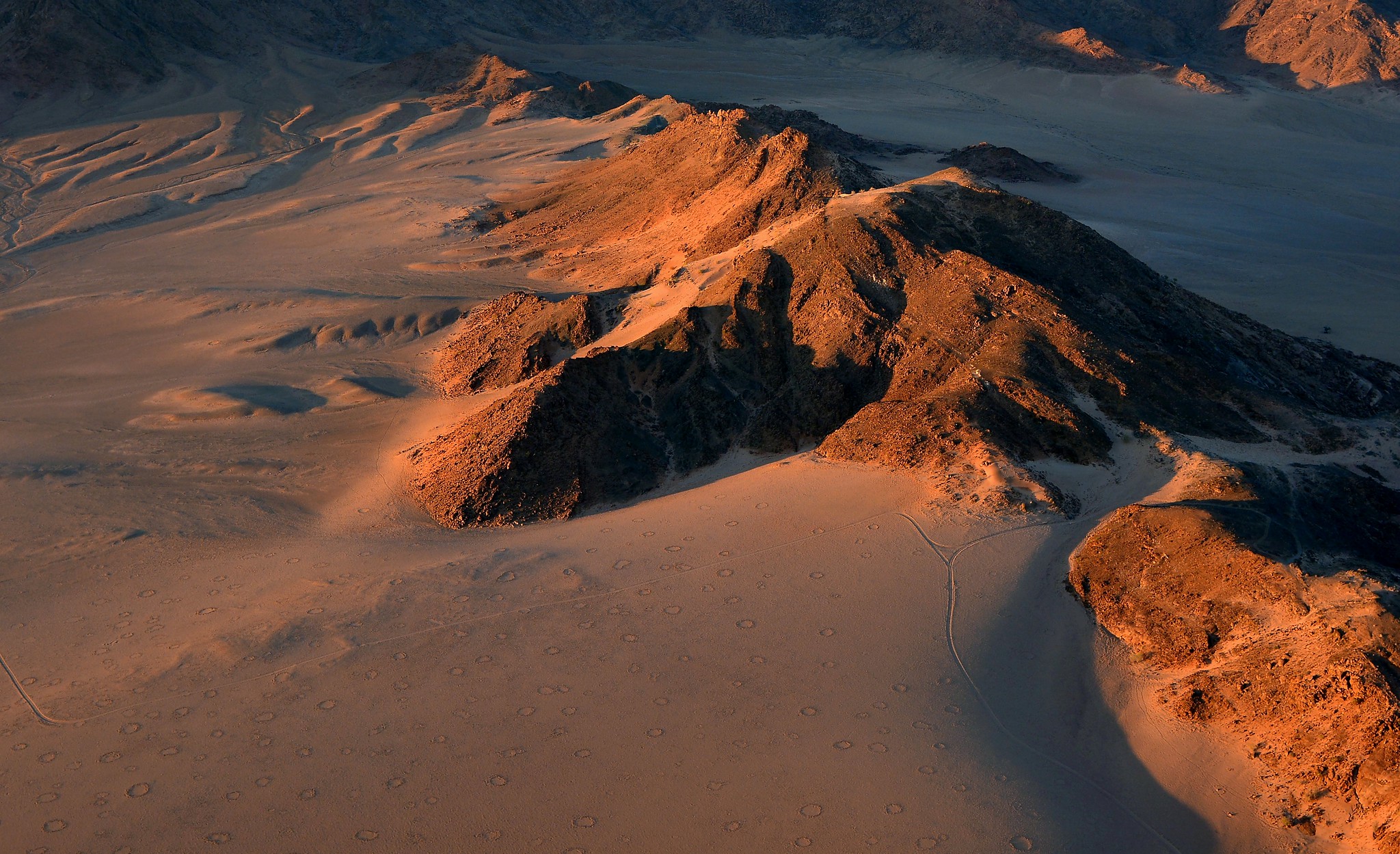
Perfect circles of bare ground dot this desert grassland. Nothing grows inside them, and they appear in regular patterns.
Scientists have proposed competing theories about what causes them, but none fully explain why these circles follow such precise mathematical patterns.
The Great Blue Hole
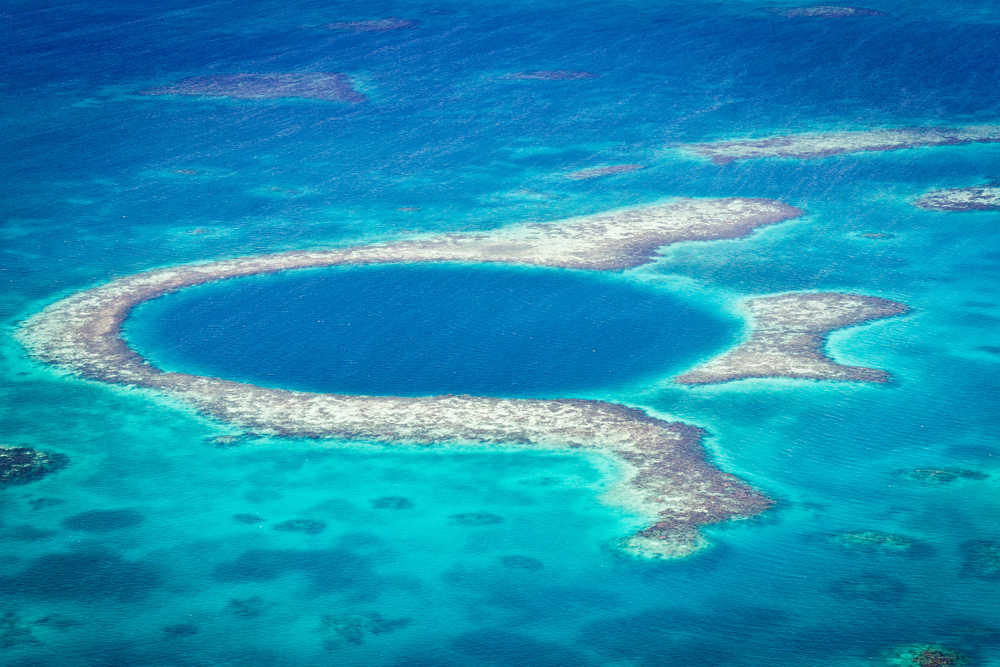
This perfect circular void in the ocean off Belize drops straight down like someone pulled a plug. Its neat shape and depth break rules about how underwater sinkholes form.
Recent explorations found strange features at the bottom that don’t match known geological processes.
Like Travel Pug’s content? Follow us on MSN.
Eternal Flame Falls
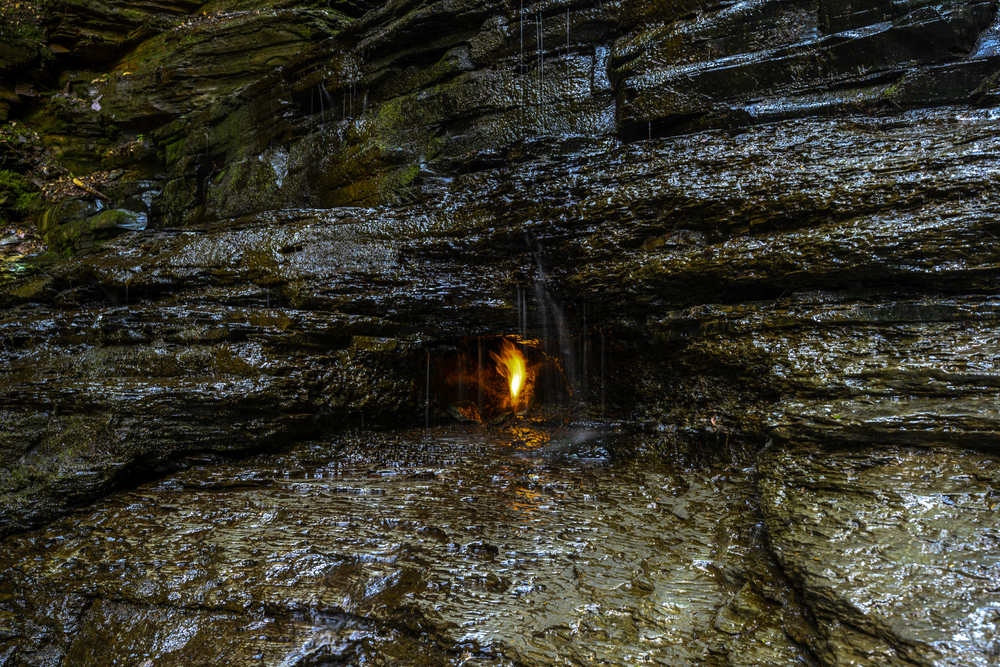
A waterfall in New York has a flame burning behind it. The gas seep feeding it shouldn’t stay lit behind running water.
Scientists can’t explain how it keeps burning through rainstorms and winters, protected by a small cave that seems perfectly placed to shelter it.
Giant’s Causeway
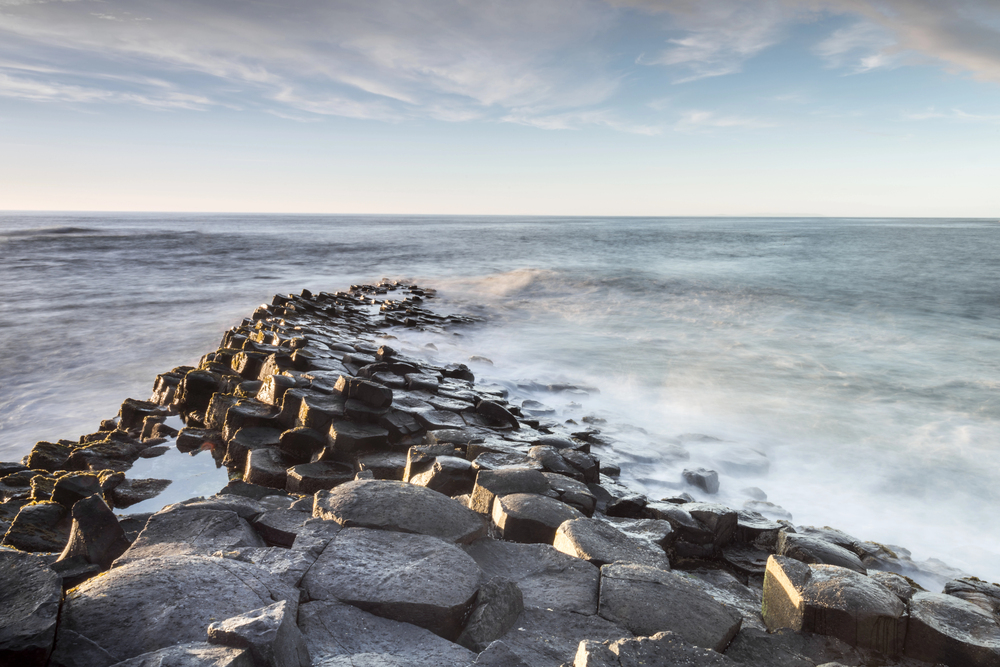
Thousands of hexagonal rock columns fit together like puzzle pieces in Northern Ireland. While scientists know they formed from cooling lava, the precise uniformity of their shape across such a large area shouldn’t be possible according to known physics principles.
Living Rock Split

A rock in China breaks apart and grows back together every 30 years. Local temperature changes shouldn’t create enough force to split solid stone this regularly.
Scientists have studied the rock’s composition but can’t explain its predictable breaking pattern.
Like Travel Pug’s content? Follow us on MSN.
When Nature Breaks Its Own Rules

These places remind us that we’re still learning how our world works. What looks impossible today might just need a new scientific explanation tomorrow. They keep researchers busy and make us wonder what other surprising places are still out there.
Nature wrote its rulebook over billions of years, but these locations show it’s not afraid to add a few unexpected chapters. Each one teaches us that sometimes the best answer a scientist can give is, ‘We’re still figuring that out.’
More from Travel Pug

- 15 Dangerous European Cities to Avoid
- 15 Caribbean Islands Where Tourists Keep Getting Scammed
- The 20 Most Fascinating Abandoned Places: A Journey Through Time and Forgotten Spaces
- 15 Hidden Places in the Smithsonian Museums Locals Love: A Guide to Lesser-Known Treasures
- 16 Hidden Florida Beach Towns That Aren’t Overrun with Tourists
Like Travel Pug’s content? Follow us on MSN.
